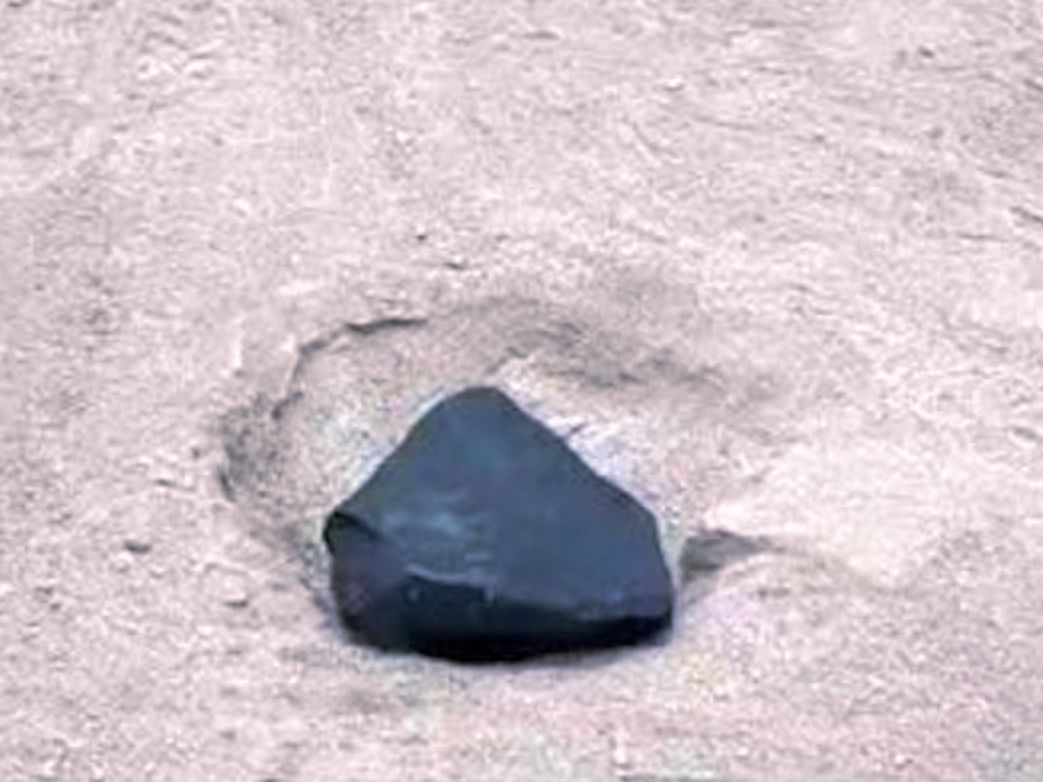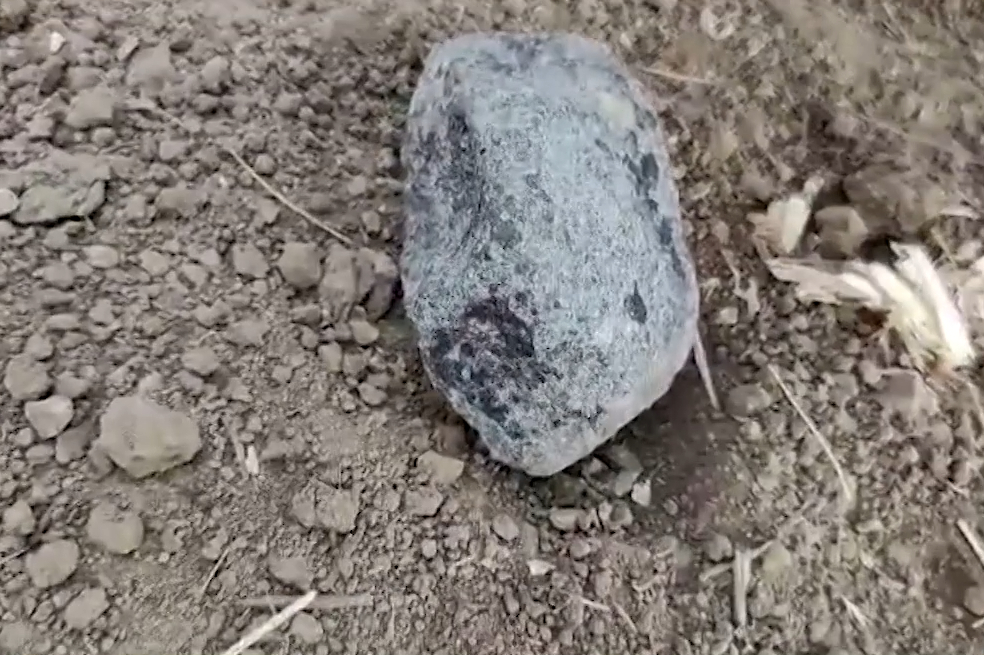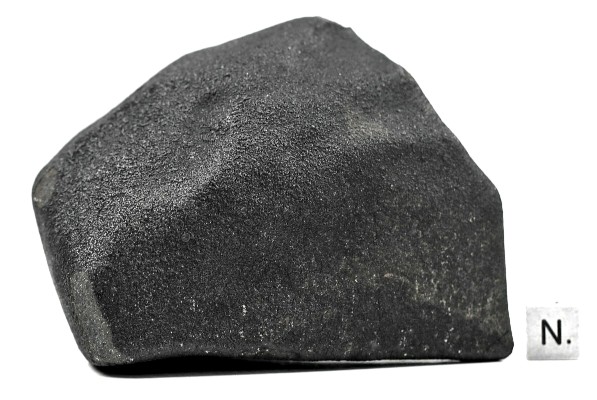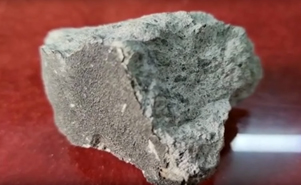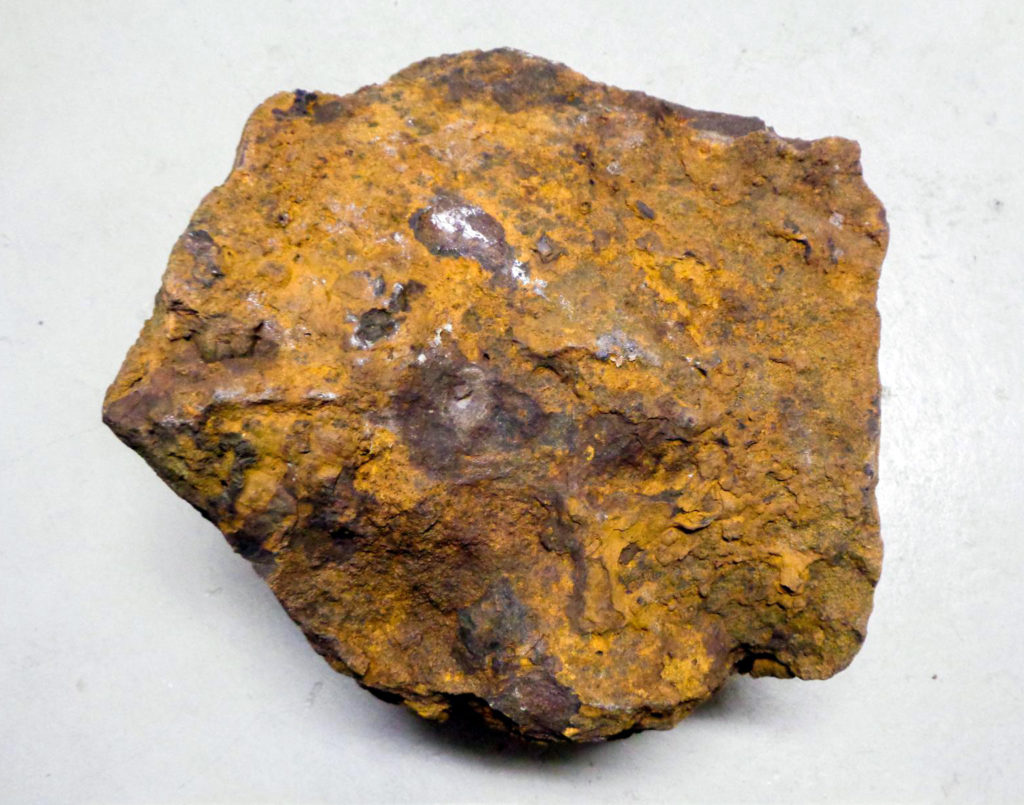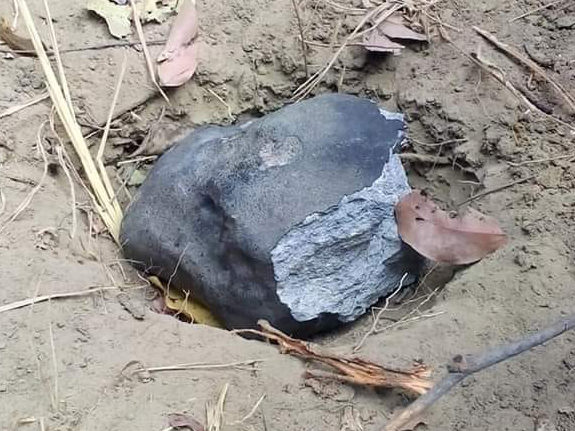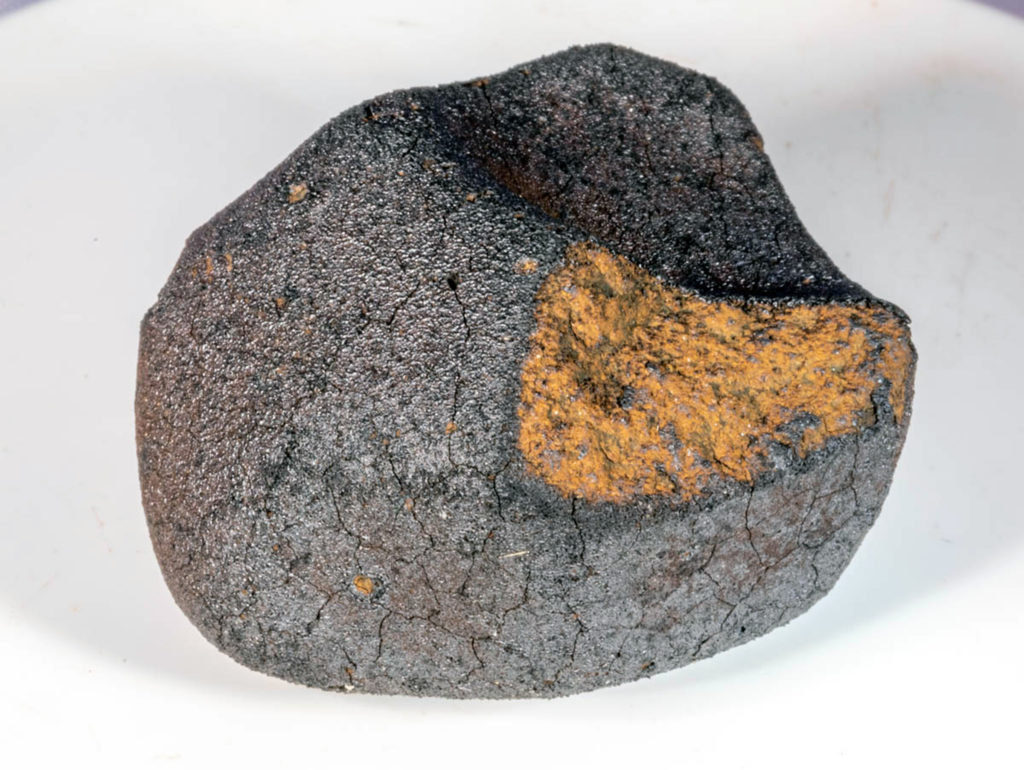Thermal metamorphism and volatile evolution in unequilibrated ordinary chondrites: Implications for the delivery of hydrogen to terrestrial planets
L.G. Vacher, J. Eschrig, L. Bonal, W. Fujiya, L. Flandinet, P. Beck
Geochimica et Cosmochimica Acta
In Press, Journal Pre-proof, Available online 16 December 2024
“Non-carbonaceous (NC) meteorites, such as enstatite and ordinary chondrites, are regarded as potential building blocks of terrestrial planets, possibly delivering volatile elements to the inner solar system. However, their parent bodies underwent intense thermal metamorphism during planet formation, raising questions about whether planets accreted volatile-rich or volatile-poor materials. Ordinary chondrites-like materials may have contributed significantly to the formation of Mars, but the impact of thermal metamorphism on their initial volatile content and isotopic composition is unclear. This study reports the bulk-rock hydrogen, carbon, and nitrogen abundances and isotopic compositions (δD, δ13C, δ15N) of unequilibrated ordinary chondrites (UOCs) across petrologic subtypes (PT) 3.00 to 3.9. Upon removing terrestrially contaminated samples, we found that the matrix-normalized hydrogen, carbon, and nitrogen concentrations are inversely correlated with the Raman spectral parameters (FWHMD), a tracer of thermal metamorphism in type 3 chondrites. Only δD shows a correlation with FWHMD, suggesting that δ13C and δ15N were not fractionated despite carbon and nitrogen being outgassed from the interior of the planetesimal. With increasing metamorphism, we proposed that less-metamorphosed UOCs (PT < 3.2) progressively lost deuterium (D) due to the breakdown of D-rich phyllosilicates above 300 °C, as supported by our FTIR analyses. We conducted thermal modeling to better understand how thermal metamorphism influences the delivery of water to terrestrial planets. Our results suggest that UOC-like precursors did not significantly contribute to Mars’ accretion due to the rapid progression of thermal metamorphism within ordinary chondrite planetesimals. However, volatile-rich UOCs may have supplied most of the hydrogen to Mars, implying that Mars’ primitive mantle may have recorded and retained a strong D-rich reservoir in its interior.”

